|
|||||||
Welcome to Club Cobra! The World's largest
non biased Shelby Cobra related site!
- » Representation from nearly all Cobra/Daytona/GT40 manufacturers
- » Help from all over the world for your questions
- » Build logs for you and all members
- » Blogs
- » Image Gallery
- » Many thousands of members and nearly 1 million posts!
YES! I want to register an account for free right now! p.s.: For registered members this ad will NOT show
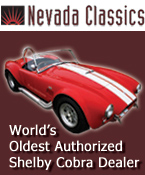
|
«
Previous Thread
|
Next Thread
»
All times are GMT -7. The time now is 09:31 PM.
|


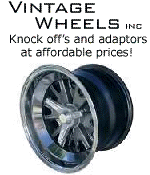
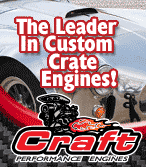



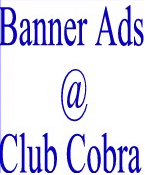


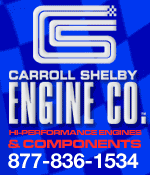







 Threaded Mode
Threaded Mode

